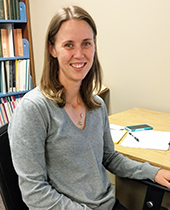Construction began on the Brackish Groundwater National Research and Development Facility (BGNDRF) in 2004, followed by a ribbon cutting in August 2007, commissioning in 2008, and research starting in 2009.
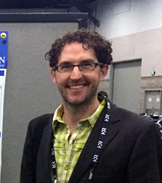
Construction began on the Brackish Groundwater National Research and Development Facility (BGNDRF) in 2004, followed by a ribbon cutting in August 2007, commissioning in 2008, and research starting in 2009.

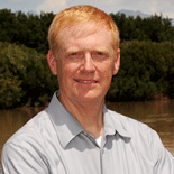
Sam Fernald was appointed director of the New Mexico Water Resources Research Institute (NM WRRI) in July 2013 after having served as interim director since January 2011. As director, he leads the institute in its mission to develop and disseminate knowledge that will assist the state, region, and nation in solving water resources problems. Professor Fernald also is a faculty member in the Department of Animal and Range Sciences at New Mexico State University. Sam is also the Principal Investigator for the Directed Research under the NMSU/BOR Cooperative Agreement.
Sam’s earned degrees include a 1987 BA in international relations from Stanford University, an MEM. in 1993 in water and air resources from Duke University, and a PhD in watershed science from Colorado State University in 1997. His primary research interests include water quality hydrology; land use effects on infiltration, runoff, sediment yield, and nonpoint source pollution; and effects of surface water/groundwater exchange on water availability and water quality. Sam received a Fulbright Scholarship to Patagonian National University, Trelew, Argentina in 2008, and another Fulbright Scholarship to the University of Concepcion, Concepcion, Chile in 2000.
The objectives of this research project are to reduce the costs of treating alternative waters by developing low-cost antifouling ion exchange (IX) membranes. To achieve the goal of the project, we will: (i) coat commercial IX membranes with non-leaching, anti-adhesive, anti-microbial materials such as TiO2 nanoparticles and graphene oxide (GO) nanoflakes in polymers; (ii) evaluate fouling propensity and cleaning efficiency of modified membranes; (iii) conduct laboratory and field testing at the Brackish Groundwater National Desalination Research Facility (BGNDRF) in Alamogordo treating different types of alternative waters to assess IX membrane performance, fouling propensity, and desalination efficiency under representative operating conditions; (iv) conduct cost analysis to evaluate the benefits of the antifouling IX membranes for treating alternative waters.
In order to help meet the NMSU and Reclamation goals in the cooperative agreement, the goal of the directed research is to provide a tool that shows how advanced water treatment could impact water budgets in the lower Rio Grande of New Mexico. The objectives are: 1) develop an integrated tool based on local application of AWT with a system dynamics model of associated hydrology, water quality, environmental impacts, agriculture, urban, and total cost; 2) create an effective tool to envision utilization of brackish aquifers in all New Mexico planning regions that will be the backbone of a new effort that is expected to expand beyond the original Mesilla and Hatch Valley site encompassed in the Lower Rio Grande planning region for New Mexico.
This project contributes to the process of examining several of the economic, social, and environmental aspects of securing additional water supplies for Southern New Mexico. We will explore and exam several aspects including, economic development, infrastructure and water resource limitations, at-risk and disadvantaged communities, and the risks of climate change. The primary objective is to develop and apply a coupled hydro-economic and behavioral model that identifies and evaluates economic, societal, and environmental impacts from including brackish groundwater desalination and/or wastewater reuse in a portfolio of water supply alternatives that enhances the sustainability and economic development of Southern New Mexico.
Disposal of concentrate from brackish water desalination is limited by concerns of salt leaching into fresh water sources. Prevention of salt leaching can greatly increase desalination concentrate management costs and there are few options to recover those costs. One cost-recovery option for desalination concentrate disposal is using the concentrate as irrigation water for producing halophyte biomass for forage and for other applications. The purpose of this project is to determine how much of the salt taken up by the halophyte crops can be protected from leaching by pyrolysis of the harvested biomass. Results from this research will be useful for those managing high salinity biomass streams, such as halophyte crop wastes and animal manures, and those seeking alternate disposal options of produced water from oil/gas extraction with a possible potential for economic and/or environmental returns. The ability to sequester salt in biochar would decrease the negative impacts from land-applications of high-salinity materials, including those used in desalination concentrate management systems.
Results from this research on two species of Atriplex, halophyte forage shrubs native to the Southwest, show that salts taken up in the biomass are concentrated into the biochars during pyrolysis and that pyrolysis conditions affect the amount of salt that can be leached with water. Increasing pyrolysis temperature increases the retention of calcium and magnesium ions but gives less consistent trends for the retention of potassium and sodium. The retention of at least some salt in the short-term suggests that, with more understanding of the salt formation and
retention mechanisms, and optimization of the system, higher amounts of salt could be sequestered longer, while taking advantage of the carbon sequestration and soil quality benefits of biochars.
The area around Santa Teresa, New Mexico is a bright spot for economic development in the state, with a land port of entry (LPOE) to Mexico, the largest border crossing for cattle in the country, a huge Union Pacific intermodal transportation facility, and a growing industrial base. Large-scale development is also planned for the Mexican side of the LPOE, and the binational development will be economically integrated. One limiting constraint on the area’s growth is access to fresh water. Currently, the Camino Real Regional Water Authority (CRRUA) relies entirely on the fresh groundwater in the area. With very limited recharge and interaction with brackish and saline aquifers, the local fresh groundwater is quite limited, and responsible development in the area will require a more diverse water supply portfolio (Villagran 2016). While fresh groundwater is limited in the area, there is a vast quantity of brackish (total dissolved solids (TDS) in the range of 1,000-10,000 mg/L) and saline (10,000-100,000 mg/L) groundwater in the Mesilla aquifer system in southern New Mexico and northern Chihuahua in the vicinity of the Santa Teresa-San Jeronimo area.
The proposed research will examine the hydrogeologic as well as the technical and economic potential for use of desalinated brackish groundwater in the Santa Teresa-San Jeronimo area, conduct a proof-of-concept demonstration with a pilot desalination plant and existing brackish wells, and, if the concept appears feasible, develop an organizational and financial plan for moving forward with desalination implementation. Specifically, the research will work with the CRRUA and the Border Industrial Association to assess demand and binational development potential, characterize the source, examine concentrate disposal options, identify treatment alternatives and potential costs, and set in motion a coordinated effort to bring desalination capacity to the Santa Teresa area.
This proposal will determine the accumulation patterns of various ions in soil that is drip-irrigated with reverse osmosis (RO) concentrate. It will quantify the impact of RO concentrate application on soil microbial properties, ion accumulation, plant ion uptake, and forage quality of Atriplex canescens and A. lentiformis. The objectives are to:
a. determine the impact of irrigation with brackish groundwater and concentrate on the size, activity and physiological profile of the soil microbial community
b. identify salt deposition patterns with respect to the drip line, and
c. determine the plant ion uptake, corresponding changes in stomatal conductance and photosynthetic rate, and ion balance
The overarching goal of the proposed study is to explore and develop innovative solar collection and heat transport/management approaches in a bottom-up thermal process design for realizing a scalable, low cost, low energy solar Still with rapid desalination capability for RO concentrate management and energy recovery.
This research has the following objectives:
(1) Amplify solar insolation to the Still to enable boiling (rapid) instead of evaporation (slow)
(2) Enhance the phase change processes i.e., boiling rate in the basin and the condensation rate on the glass cover to improve the efficiency of the Still
(3) Make the technology based only on renewable energy for reducing costs
(4) Build a laboratory-scale concentrate solar Still at NMSU to demonstrate the water production and fouling/scaling potential during treating RO concentrates from the evaporation ponds
in Brackish Groundwater National Desalination Research Facility
(5) Perform cost estimates with experimental data and modeling projections, which allows process optimization, identifies economic scale, and comparison with other technologies.
The objectives of this project will be achieved through systematic experiments and theoretical analysis. A laboratory scale Still will be built for experiments to primarily demonstrate the aspects of cost-effectiveness, amplified solar insolation, heat recuperation, and enhanced phase change heat transfer.
New Mexico (NM) is in a long-term drought that threatens the sustainability of the agricultural industry as well as drinking water supply, and a desalination plant is proposed (i.e., Santa Teresa) as an alternative (i.e., brackish) water use. Producing “new/alternative” water from unused brackish zones is attractive for augmenting drought and to support water resource development. However, we do not know if the brackish water formations are permeable enough to produce source water for a desalination plant, and we have not evaluated the potential impacts this will have on the hydrologic system (e.g., drawing fresh water into saline formations, land subsidence, surface water declines). We also do not know how much flow, mixing, and salinity transfer occurs between the shallow and deeper and/or fresh and brackish aquifers. We have a lack of detailed geochemical and isotopic data for brackish water, because brackish water has not been used extensively in the past. We do not know how sustainable our water resources are, because we have not characterized the storage, flow dynamics, and resiliency of the groundwater system, especially for the brackish aquifers.
This project will use geochemical and isotopic signatures to characterize the age (and residence time) and sources (and mixing) of fresh and brackish groundwater at various depths within the Mesilla Aquifer system. The objectives of the study are to characterize the fresh and brackish groundwater system in the Mesilla Basin, and assess the impact of brackish production for desalination on fresh water sustainability. Geochemical and isotopic tracers will be used to pursue these objectives, as well as to evaluate the potential for cross-basin recharge from the adjacent basins. This study will identify the sources and determine the rates of recharge of the Mesilla Basin groundwater by employing aqueous isotopes in a multi-tracer approach to characterize groundwater movement. Specifically, we will determine and evaluate the concentrations of the isotopes of 18O, 2H, 3H, 39Ar, 81Kr, 85Kr, 13C, 14C, and 3He. The data collected will be used to (1) identify the sources of recharge, (2) determine groundwater residence times (age-dating), (3) estimate rates of recharge, and (4) estimate mixing and sources of salinity. The scope of work will involve collecting groundwater samples from wells within the basin that are screened at various depths and represent both brackish and fresh water conditions. The geochemical and isotopic composition of the samples will be determined to characterize groundwater source end-members and to calculate the mixing amounts between brackish and fresh zones of the Mesilla Bolson aquifer. Reactive transport modeling of these aquifer zones and the collected isotopic and geochemical data will examine the potential impacts of brackish water production and desalination plant concentrate injection into subsurface formations for disposal.
Our project objective is to tailor locally-available, modern analytical instrumentation capability for the characterization of impaired water sources. This technology development will allow the Chemical Analysis and Instrumentation Laboratory (CAIL) to provide innovative feedback to multidisciplinary teams of water researchers in New Mexico and beyond at an unprecedented level of specificity.
Our specific approach involves developing instrument operating routines, instrument modification, sample preparation methods and data interpretation mechanisms for our ultrahigh resolution mass spectrometers that allow us to observe contaminants and other organic compounds in water samples.
The aim of this study is to produce antibacterial ultrafiltration (UF) and microfiltration (MF) membranes for water and wastewater treatment without the need for costly, post-synthesis functionalization or hazardous solvents. In order to accomplish this aim, mesophases will be made using Pluronic block copolymers with different block ratios in the presence of anti-bacterial monomers with trimethylammonium chloride functional groups. Through the polymerization of monomers and subsequent removal of the block copolymers, mesoporous polymers will be produced that can serve as UF or MF membranes, depending on the pore size, which will be manipulated through the block ratio of the block copolymer. We hypothesize that block ratio in Pluronic block copolymers, polyethylene oxide/polypropylene oxide (PEO/PPO), can affect the pore size of final membranes. In order to study the effect of block ratio (PEO/PPO), we need to choose Pluronic block copolymers with the same wt.% of PEO(PPO) and different PPO(PEO).
Antibacterial MF or UF membranes can be used in the pretreatment stage to not only remove suspended particles and macromolecules, but also to disinfect the water. Self-assembly of Pluronic block copolymers with different block ratios in the presence of [2-(acryloyloxy) ethyl] trimethylammonium chloride (AEAC) or (3-acrylamidopropyl) trimethylammonium chloride (APAC) and N,N′-methylenebis(acrylamide) (MBA) will yield different mesostructures with different channel sizes, which will then be cast as thin films on a support and polymerized to produce antibacterial membranes. Final membranes will be studied in terms of antibacterial performance, permeability, and biofouling.
In our investigations, in order to improve the order and having control over the alignment of liquid crystals, we are going to use additives like carbon nanotubes, silver nanowires and/or graphene in our system. By using these additives, we are going to achieve the following goals:
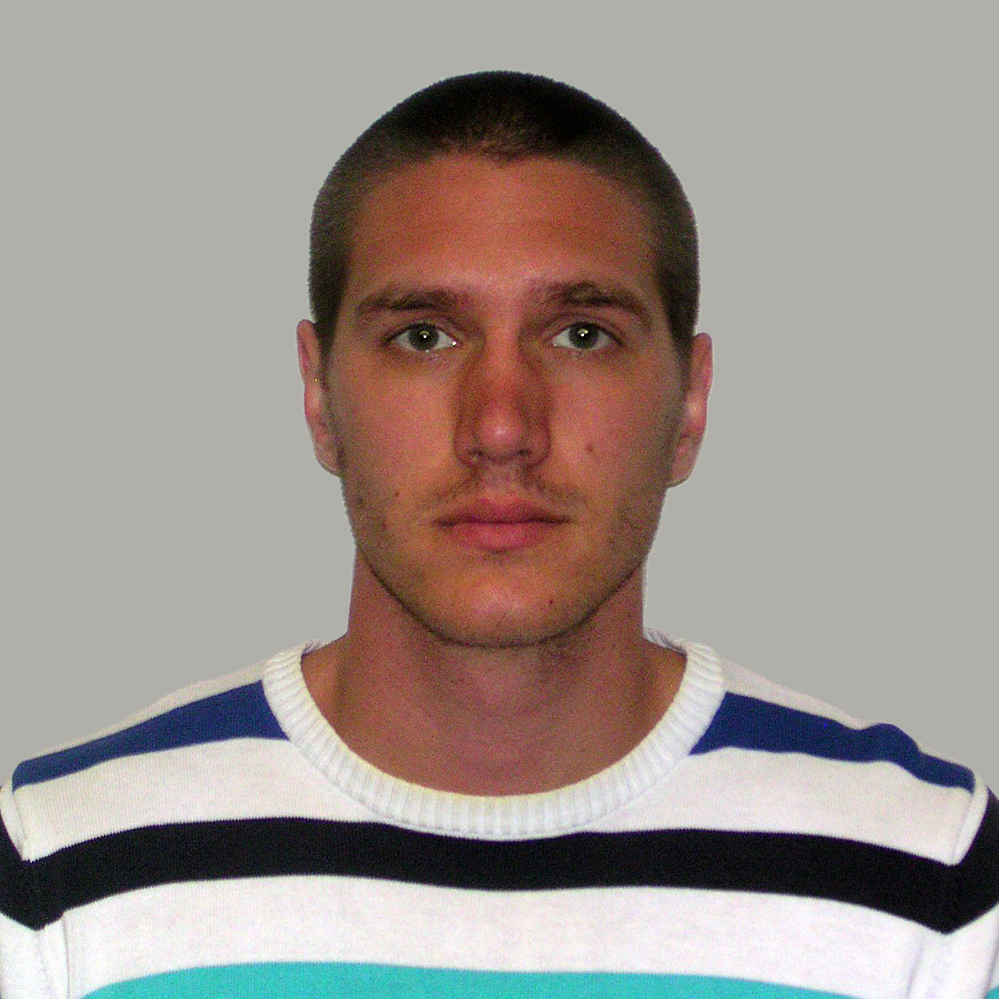
Lazar began as a Ph.D. student in Fall 2016. He holds a B.Eng. in Mechanical Engineering from the Northern New Mexico College. He previously worked on a variety of research topics in the areas of heat transfer, solar thermal, and sun tracking. He is currently working on his Ph.D. thesis aimed at understanding the physics of boiling heat transfer on binary surfaces, involving microfabrication of omniphilic surfaces for heat transfer enhancements with application in cooling of electronics and solar stills.
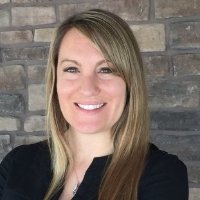
Katie Guerra is a chemical engineer at the Bureau of Reclamation in the Water Treatment Group in the Technical Service Center in Denver. She has 16 years of experience in research and design of water treatment technologies. Her work at Reclamation has focused on evaluating the technical, practical, and economic benefits and limitations of utilizing existing and novel water treatment technologies. She also has expertise in water quality assessments and understanding the implications of water quality in the use, storage, and treatment of water supplies. Katie is a project manager and senior engineer and serves as Grants Officer’s Technical Representative for a $5M cooperative agreement between Reclamation and New Mexico State University. She has a bachelor’s degree from the University of Colorado and a Masters and PhD from Colorado School of Mines.

Chris Kubicki is a Master’s student of Dr. Kenneth Carroll’s in the Water Science and Management Graduate Program. Chris’s research interests include geochemistry, hydrology, and geology. Chris received his bachelor’s degree in Environmental Science from Montana State University in 2016. During his bachelor’s, Chris worked for Montana State University, NRCS, and the Montana DEQ as a field technician.
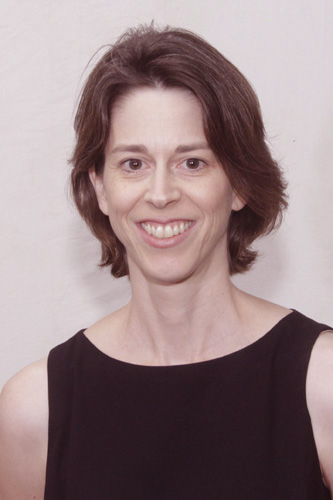


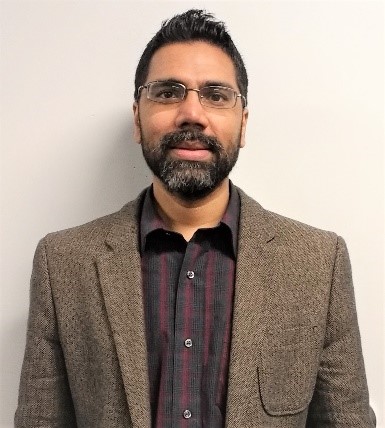
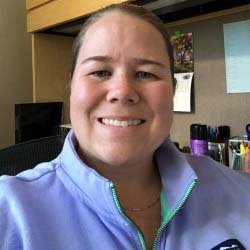
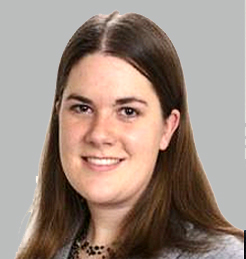
Catherine “Catie” Brewer has always loved chemistry and English, and always wanted to be a teacher, growing up in eastern Washington State then Seattle. She began her undergraduate studies as an English education then a chemistry education major at the Robert E. Cook Honors College at Indiana University of Pennsylvania (in Indiana, PA). Undergraduate research experiences at IUP and a summer NSF REU at Mississippi State University convinced her to pursue a career where she could do research in and teach applied chemistry/chemical engineering. To accomplish this, she finished a B.S. in Chemistry with a minor in Mathematics at IUP, before going on to Iowa State University to complete a PhD. in Chemical Engineering and Biorenewable Resources & Technology with a minor in Soil Science. She is the first in her family to receive a doctoral degree. Prior to joining the faculty in Chemical & Materials Engineering at NMSU in 2013, Dr. Brewer completed a postdoc at Rice University in Houston. She was drawn to NMSU by the opportunities to do cross-disciplinary research connecting engineering and agriculture, to make a difference in the lives of a wide variety of students, and to enjoy the warm, dry climate and great Mexican food of Las Cruces. Her research interests include biomass utilization, waste management, biochar, thermochemical processing, renewable fuels, and sustainable agriculture in arid regions. Outside of work, she spends her time with her husband, two children (3 and 5), dog, and home-brewing equipment to experiment with recipes for NMSBrew, CHME’s new Brewery Engineering program.
Dr. Huiyao Wang is the director of CURRL (Core University Research Resources Lab) at New Mexico State University. He is an expert on Transmission Electron Microscopy, Scanning Electron Microscopy, Atomic Force Microscopy and Confocal Laser Microscopy. His research focuses on materials and nano-materials; photocatalysis and photocatalyst; solar and other energies and energy materials; membrane processes and fouling; and solar still desalination. His research is funded by the Bureau of Reclamation, New Mexico Water Recourses Research institute, Arrowhead Center, College of Engineering and private company.
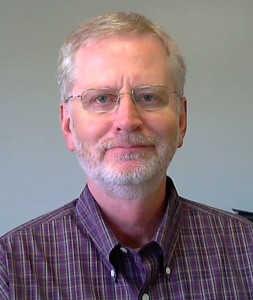

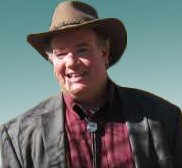

Dr. Kuravi began as an Assistant Professor of Renewable Energy in the Department of Mechanical and Aerospace Engineering (MAE) at the New Mexico State University (NMSU) in August 2014. Prior to this, she held an Assistant Professor position at the Florida Institute of Technology. Before joining Florida Tech in August 2012, she worked as a Postdoctoral Research Fellow at the Clean Energy Research Center (CERC), University of South Florida (USF), where she worked under the direct supervision of Prof. Yogi Goswami on one of the foremost efforts involving developing high-temperature thermal energy storage systems for concentrating solar power plants. She obtained her M.S. and Ph.D. degrees in Mechanical Engineering from the University of Central Florida in 2006 and 2009 respectively under the guidance of Prof. Louis Chow. Dr. Kuravi’s research expertise is on the study and analysis of flow and heat transfer in renewable/alternative/clean energy systems with focus on concentrating solar power, thermal and thermochemical/hydrogen storage, water desalination, combined heat and power (CHP), advanced heat transfer fluids, and thermal systems applications. Her recent/current projects were/are funded by USBR/NM-WRRI, NCHR, NASA/NMSGC, and industry. The projects she previously worked on were funded by agencies such as DOE, ARPA-E, ONR, AFRL, and E-ON. She is the author/co-author of more than 27 publications in the form of journal papers and refereed conference proceedings. She serves as a reviewer for nine international journals in the areas of renewable energy and thermal sciences, and served as an international scientific committee member, track organizer, session organizer, and technical poster judge at several international conferences. She is a member of ASME, AIAA, ISES, and SWE

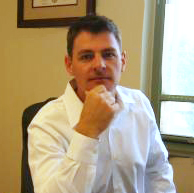
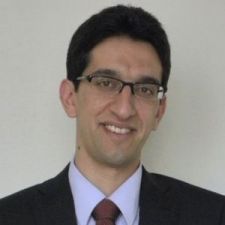

Dr. Pei Xu is an Associate Professor in environmental engineering at New Mexico State University. Her research focuses on water and wastewater engineering; membrane processes and fouling; desalination; potable and non-potable water reuse; produced water treatment; advanced oxidation and disinfection; biological and bioelectrochemical processes; removal of emerging contaminants, food-water-energy nexus. Her research is primarily funded by the Bureau of Reclamation, National Science Foundation, Department of Energy, United States Geological Survey, New Mexico Water Recourses Research institute, water utilities, and private sectors.
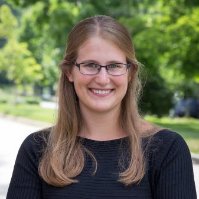
Julie Korak, Ph.D., P.E. is an Environmental Engineer specializing in water treatment at the U.S. Bureau of Reclamation in Denver, CO. She works on a projects addressing drinking water treatment challenges for small communities and developing novel treatment processes to manage water treatment residuals and agricultural drainage. Julie also studies the photophysics of natural organic matter (NOM), which is found in all water sources, to develop of optical sensors for real-time monitoring. Julie holds degrees in Chemical (B.S.), Environmental (B.S.) and Civil (M.S. and Ph.D.) Engineering, all from the University of Colorado Boulder. She is also a licensed Professional Engineer in Colorado.

Anthony Kennedy grew up in Pittsburgh and moved to Colorado in 2006 to attend the University of Colorado at Boulder for civil engineering. He earned all three degrees (BS, MS, PhD) at CU and studied granular activated carbon adsorption of organic micropollutants under Dr. R. Scott Summers. Following graduation he worked for Denver Water for a year before coming to the Bureau of Reclamation, where he has been since spring of 2015. In his free time he enjoys skiing and trail running.
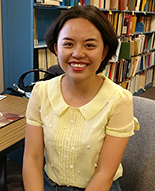
Project Title: Water-energy supply with desalination in Lower Rio Grande
The Lower Rio Grande Planning regional water balance model is built for regional surface water-groundwater connection as part of regional water-energy nexus model to explore water management strategy in rural and urban area.
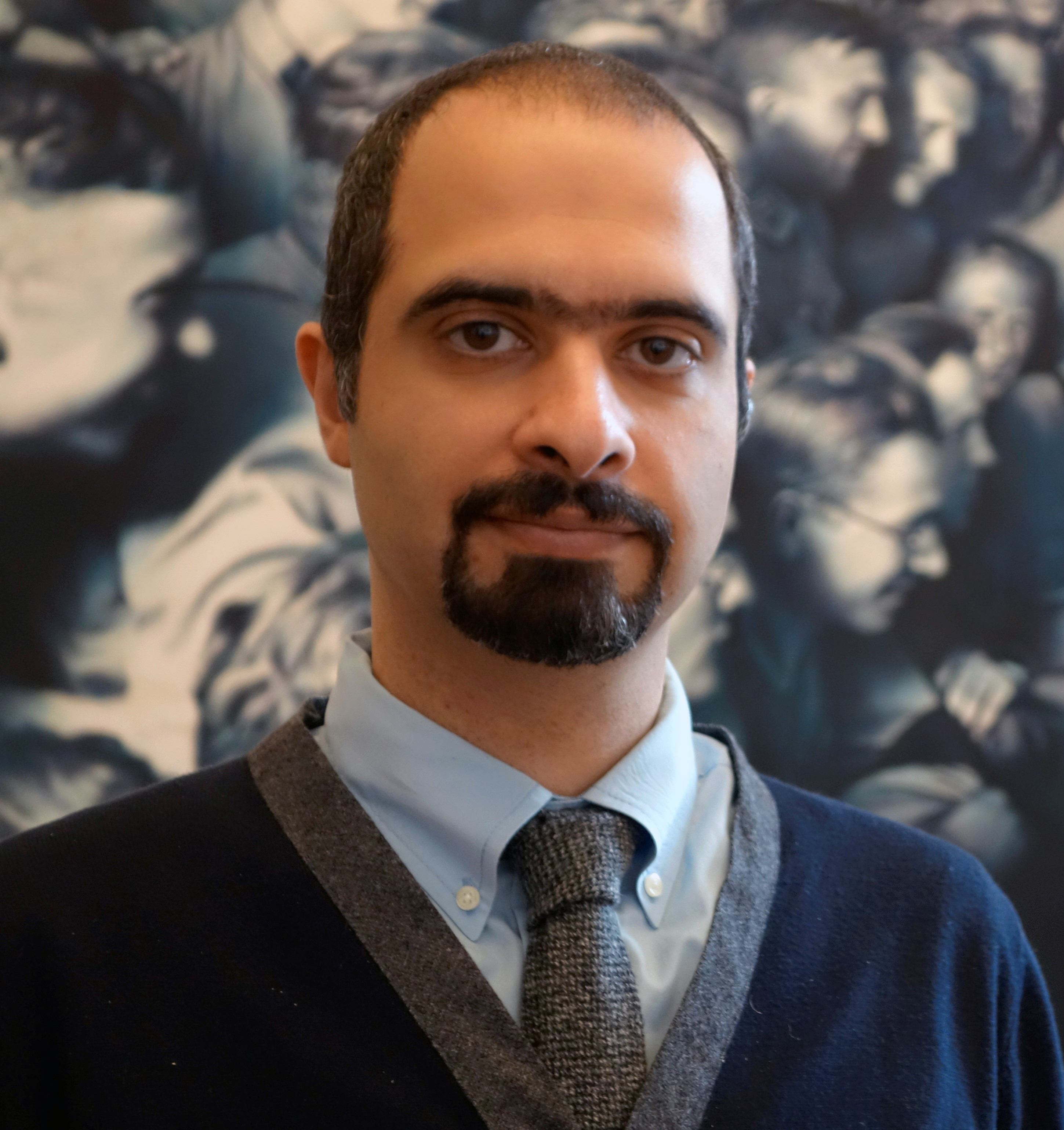
Holding a Ph.D. in system dynamics and economics from Worcester Polytechnic Institute (WPI), Saeed Langarudi is currently a postdoctoral research scientist at the New Mexico Water Resources Research Institute, New Mexico State University. His research is focused on system dynamics modeling of socioeconomic development issues in arid and semi-arid regions. Saeed has taught economics and system dynamics and conducted research at WPI’s Healthcare Delivery Institute and Boston’s Veterans Affairs (VA) Healthcare System. Since 2015 he has been serving the System Dynamics Society as the chair of the security thread of the International System Dynamics Conference.

Project Title: Evaluating the Sustainability of Desalination Implementation and Management in the Binational Santa Teresa, NM Community
This study is developing a system dynamics model to account for interdependent environmental, social, and economic factors that dynamically affect the sustainability of inland desalination implementation and management for the greater Santa Teresa, NM region.
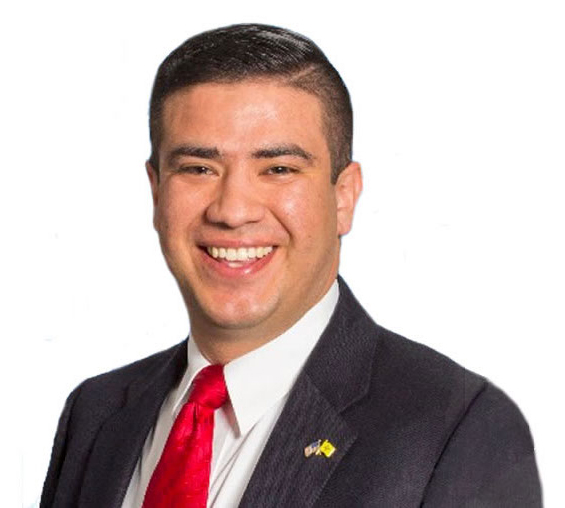
Prior to his tenure in 2011, the City had close to 50 negative audit findings. That number has now been reduced to ZERO, since 2016, ranking Sunland Park as having one of the top financial audits in the State of New Mexico.
In addition to his mayoral responsibilities, Mayor Perea currently serves on the El Paso Metropolitan Planning Organization, South Central Council of Governments, South Central Regional Transit District, Mesilla Valley Regional Dispatch Authority, New Mexico Municipal League Policy/Resolutions Committee, Camino Real Consortium, and the U.S. Conference of Mayors.
Mayor Perea continues to address the City’s many challenges and remains focused on strategic management, organization, planning, finance, economic development, transportation and infrastructure.
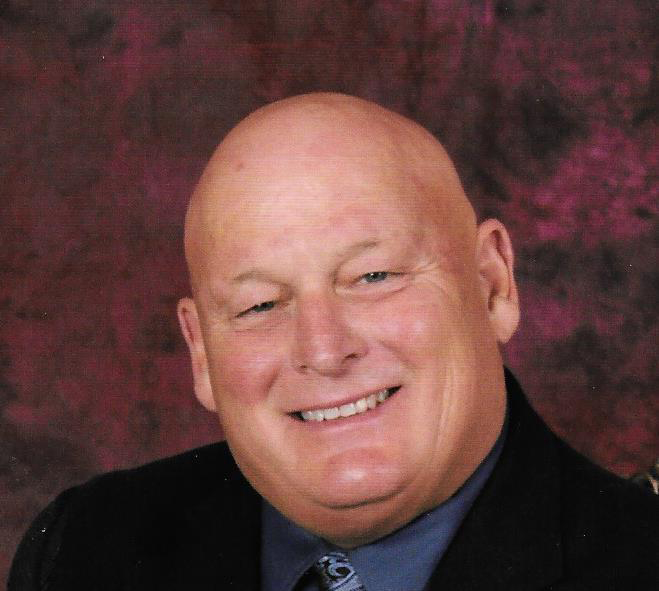


Lin Chen is a PhD student at New Mexico State University in the Civil Engineering Department. He received a BS and MS in Environmental Engineering from the Nanjing Forestry University in 2006 and 2009, respectively. He has previous experience working in several companies focusing on nutrition recovery projects research and biological wastewater treatment projects as an engineer between 2009 and 2017. He has several publications on subjects related to his research interests.

Sahar is a Ph.D. candidate in the Department of Chemical and Materials Engineering at NMSU. She started her research on innovative techniques for water treatment. Her research focus is on developing membranes using templating approach. Pluronic block copolymers self-assemble at water/oil interface and form different mesostructures. Such self-assembled systems can be used as templates. Sahar also received FY16 NM WRRI Student Water Research Grant ($6000) to conduct research on antibacterial aerogels for water treatment. Currently, she is making antibacterial membranes with controllable pore size. Such membranes have applications in water and wastewater treatment, the food industry, and the pharmaceutical industry.
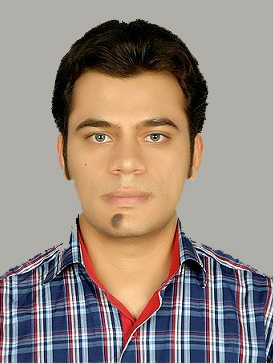
Alireza got his Bachelor and Master degrees from the chemical engineering department of Iran University of Science and Technology (IUST). Currently, he is a PhD student at New Mexico State University (NMSU). Of the many fields in chemical engineering, he is especially interested in Nano- and micro- structured material. His research involves synthesizing the porous polymeric membrane using the self-assembly of block copolymers. By polymerizing the precursor in the system and removing the surfactant one can make membranes with porous structure in the nanometer size range. He is trying to improve the efficiency of the membrane for wastewater treatment by controlling and adjusting the size and orientation of pores within the membrane and improving the antifouling properties of the membrane by using nanoparticles in the system.

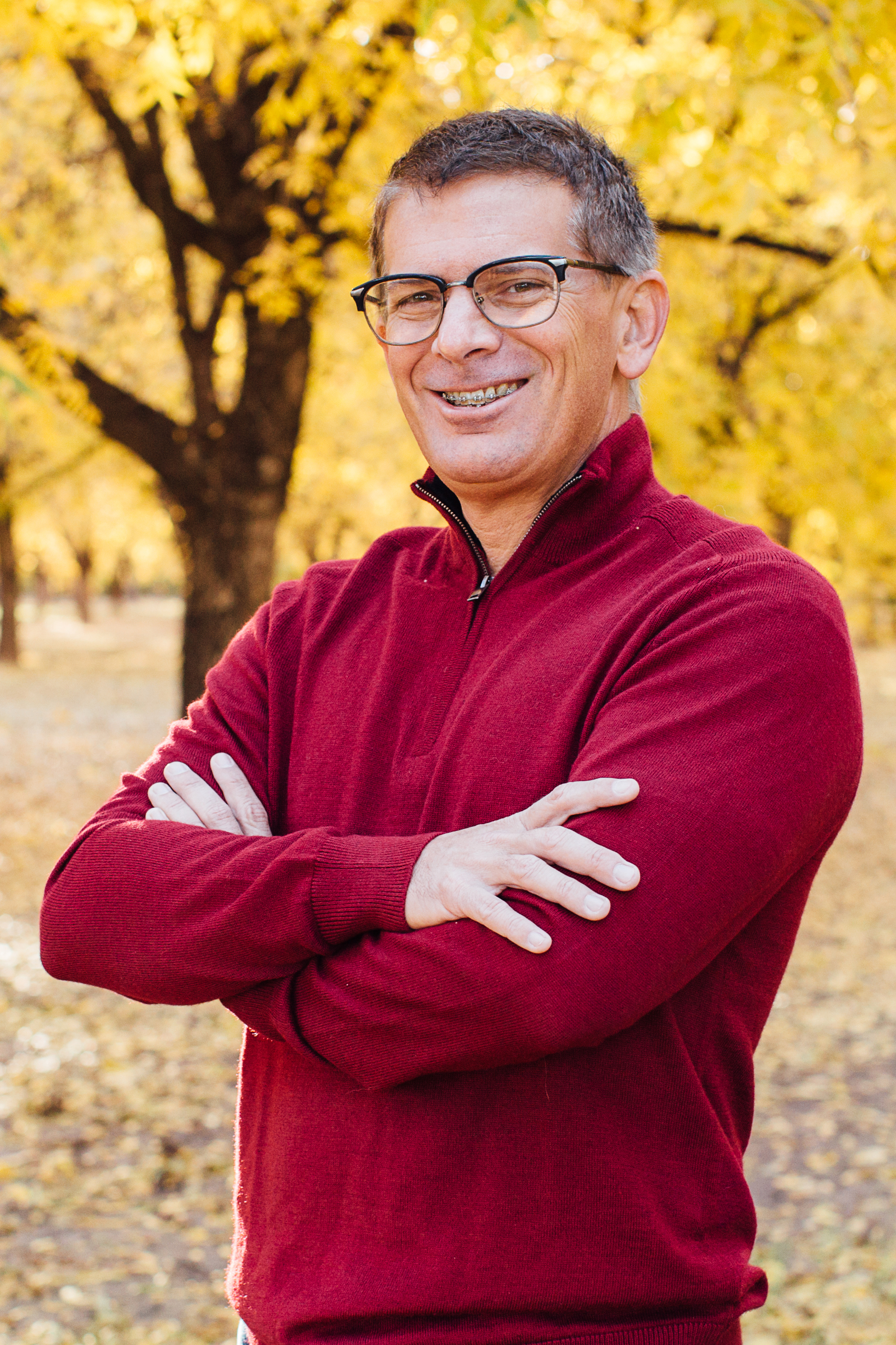
Greg Daviet came to Las Cruces in 1994 to run his family’s pecan farm and has been in production agriculture for over 20 years now. He earned a degree in Ag Economics in 1996 from NMSU. Greg has been an active leader in the Ag community volunteering in many positions and boards over the years. He is currently a board member of Elephant Butte Irrigation District, Dona Ana County Farm Bureau, and Western Pecan Growers Association.
Greg has been a long-time believer that if farmers can get the water right, the rest becomes easier. In keeping with that, he has devoted significant personal time and energy into this topic, including developing his own software program to schedule his pecan irrigations. He strives to continue to learn more every day.

